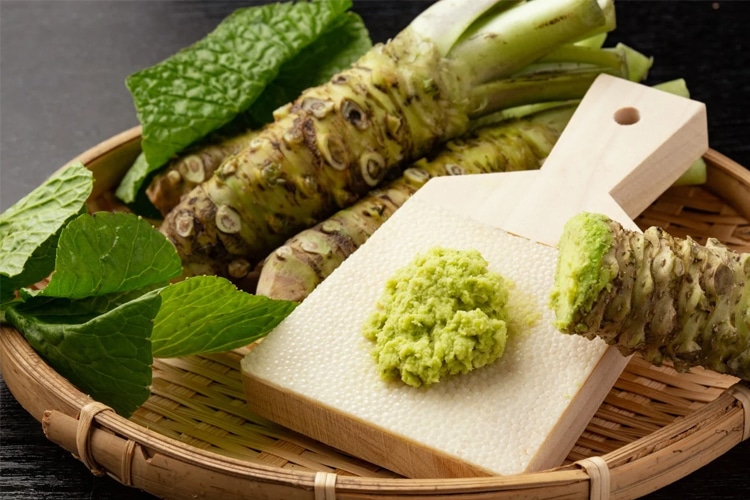
We know from the Far East cuisine wasabi is not a food for everyone. Due to its intense and strong bitter taste, wasabi is grated like ginger and used as a condiment in small quantities. This extremely hot sauce, which is obtained from the roots of the plant called Wasabia Japonica, which grows in Japan, is usually consumed with sushi. But is it really wasabi that we eat at restaurants serving as Japanese cuisine? What is wasabi? How is it produced? Why is real wasabi so expensive? We take a closer look at the answers to all questions in this content.
What is wasabi?
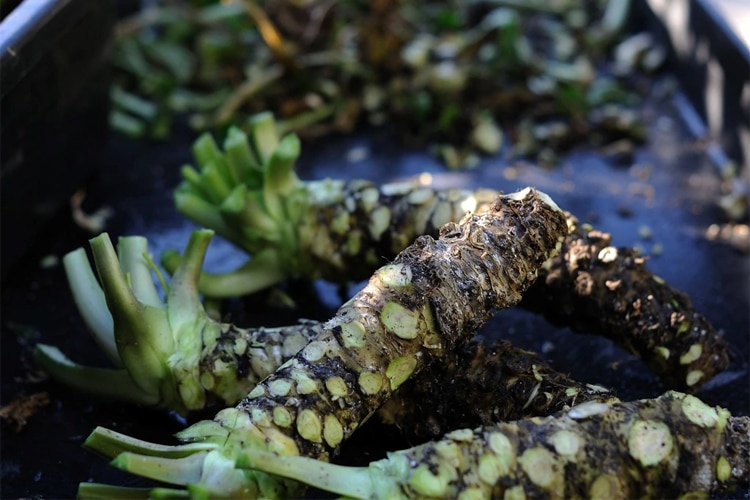
Wasabia Japonica, known as wasabi; It is a root plant grown in Japan, belonging to the cruciferous family. This herb, also known as Japanese radish, is one of the indispensable condiments of Japanese cuisine. This herb, which is often served with sushi and some fish dishes, is famous for its bitterness. But Wasabi’s bitterness has a bitterness peculiar to root plants rather than pepper. In this way, instead of burning the tongue, this sauce affects the respiratory tract more. What makes Wasabi unique is the unique pain experience it offers.
Now let’s come to the place where wasabi grows… Wasabia Japonica is mostly found in Japan. on the Izu Peninsula being bred. This is because the plant needs high humidity to grow. Direct sunlight at high temperatures can also be fatal for this root plant, which can usually grow at temperatures between 8 and 20 degrees. Therefore, the humid and cool valley beds of Japan are the most suitable places for the production of this plant.
How is wasabi made?
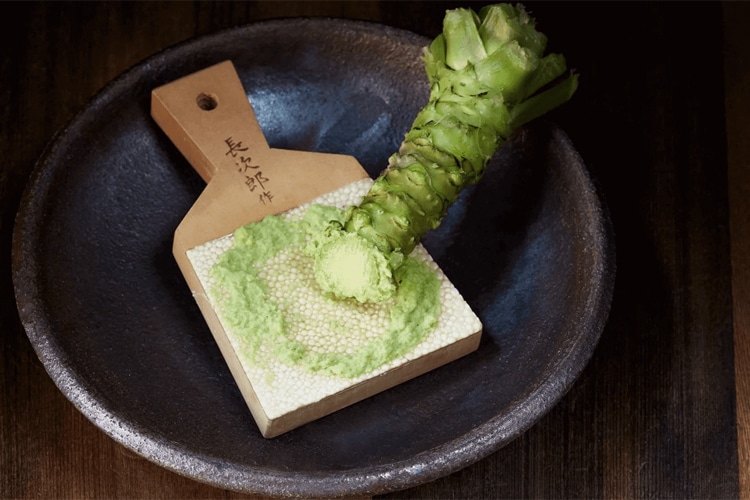
Since Japanese radish is a root plant, it goes through a simple but special method to become the wasabi sauce or paste we know. Japanese radish roots are traditionally grated in a special layer made of shark skin. In modern times, bamboo and metal utensils with the same texture are also used.
Preparation of wasabi it’s pretty simple. The root, which is held parallel to the grating layer, is gradually grated with a clockwise circular motion. With this method, both crushing and grating process are done together. The plant root, which is planed circularly, opens outwards by accumulating on the layer. In this way, wasabi reaches the form of paste as a result of continuous motion.
When this root plant becomes wasabi paste, it is ready to be served. No additional action is required. But wasabi paste should be served immediately after preparation. Because wasabi reaches its peak in 5 minutes after grating, after 15-20 minutes it starts to lose its taste and aroma. For this reason, wasabi is freshly grated and served directly in real sushi restaurants. This is a major obstacle to the preservation and distribution of wasabi in a processed form around the world.
The origin of wasabi and its first traces in history:
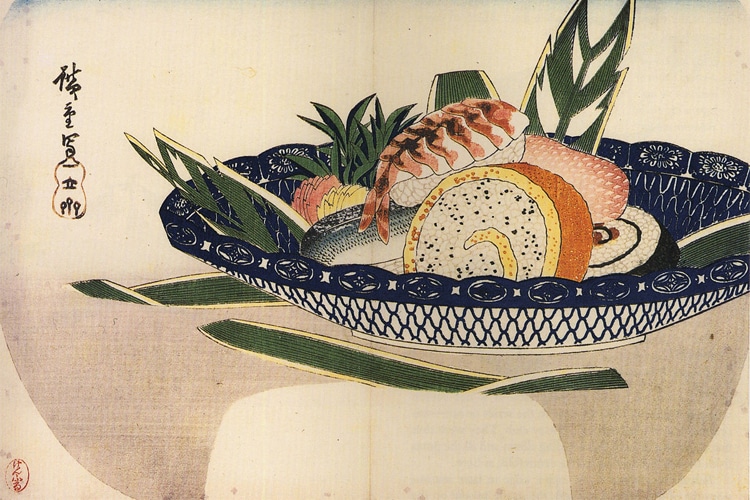
The first traces of the miraculous Japanese radish around 538 AD It is found in the Asuka Period. Wasabia, which was not used as a food at that time, was more known as a medicinal plant. As a result of today’s research, it has been revealed that the plant plays a positive role in the fight against cancer and is an effective bactericide. After the Asuka Period, around 1000 AD, wasabi began to appear more often. In particular, the plant is included in Japan’s oldest known medicinal plant encyclopedia during this period. Also during this period, wasabia was even accepted and collected as a tax due to its rarity.
The conscious cultivation and harvesting of wasabi begins in the Early Edo Period. Although wasabi was grown during this period, which lasted from the 1600s to the early 1800s, it was still not used as food. But when we come to the Late Edo Period and towards the end of the 1800s; the plant took the form we know today. The plant, which was grated and turned into a paste, was served with sushi as it is today. In fact, the combination of wasabi and sushi played an important role in making sushi a popular dish.

The story of wasabi meeting sushi pretty interesting too. The plant, which has been used for medical purposes for centuries, actually meets with sushi for a medical purpose. As you know, sushi is originally made from raw fish. Knowing that wasabi is a powerful bactericide, the Japanese used wasabi in raw fish. prevent bacterial growth was using for. Naturally, because there were no refrigerators at that time, bacteria were fought with this plant. At the same time, wasabia hid the foul smell of raw fish that had been waiting for a while. Thanks to Wasabi, the people of this period; they got rid of both odor, bacteria and possible food poisoning.
So, is the wasabi we eat today really “wasabi”?

We talked about how difficult the growing process of wasabi is. The natural production of this plant, which requires very specific climatic conditions, is almost impossible outside of Japan. When this is the case, it becomes very difficult to reach real wasabi outside of Japan. Unless of course you are visiting one of the few special sushi restaurants… Then what is the green paste that we know and eat as wasabi?
The answer to this question lies in other root crops that have similar characteristics with Wasabia Japonica. 95% of the wasabi we know and eat today does not contain any part of the wasabi plant. Wasabi used worldwide; It consists of horseradish, mustard powder, starch and green food coloring. This mixture, which is said to have little to do with real wasabi, is known as western wasabi in Japan.

There are also real but not fresh varieties of wasabi available in the market. It is usually possible to reach the powder of wasabi with frozen paste, which is sold in tubes like toothpaste. There are some private companies that also import real wasabi root. However, it can be very difficult to reach these products due to the price. As a result, most of us have probably never tasted real wasabi in their lives…
Why is real wasabi so expensive?
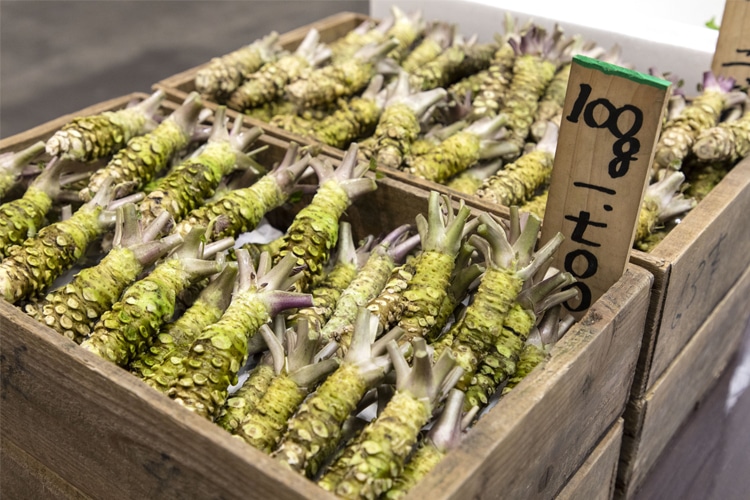
Wasabi is one of the rare foods that is both so accessible and so expensive. Of course, this accessibility is mostly fake, as we just mentioned. The fresh wasabi plant sold in Tokyo’s famous Toyosu market costs $250 per kilo. This makes wasabi one of the most expensive vegetables in the world.
The reason why wasabi is so expensive is that it is one of the hardest growing plants in the world. As we mentioned before, this plant, which can only tolerate temperatures ranging from 8 to 20 degrees throughout the year, grows in regions with rivers flowing on mountain slopes. At the same time, the stony and mineral sands found in the river beds are also very important for the growth of wasabi.
Due to these environmental conditions, it becomes impossible to use agricultural machinery in the harvest of wasabi. This cultivation process, which lasts for 18 months, takes place under human control, and the plant is hand-picked and made ready for sale. Today, wasabia farms have been established in some European regions. But setting up a medium wasabia farm and getting the plants ready for harvest can cost over $700,000. Because it is not always easy to create the right environment for wasabia producers outside of Japan. It can sometimes take years to catch the right climatic conditions and get a proper wasabi harvest.
Where does wasabi taste come from?
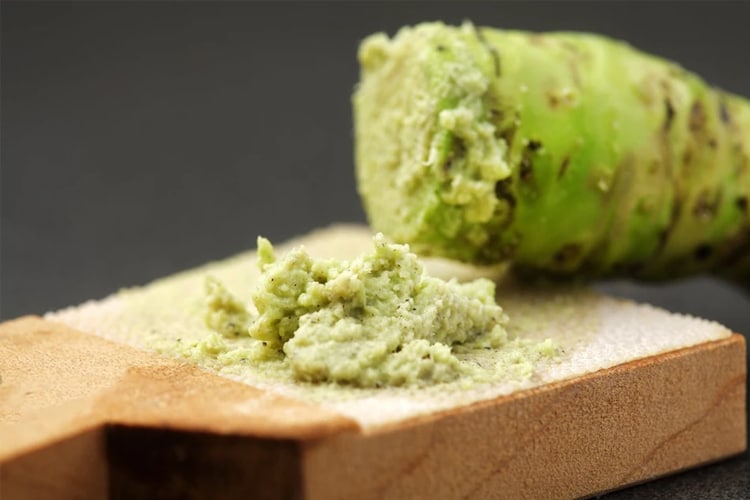
The fact that wasabi has such a unique taste is one of the things that make the plant unique. If you cut a wasabia root like a carrot and eat it, you cannot get this unique taste. The reason for this is that wasabi gets the taste we all know as a result of chemical reaction. The grating process made on special layers actually breaks up the wasabi cells. A chemical reaction occurs when these cells break down.
Other content that may interest you:











